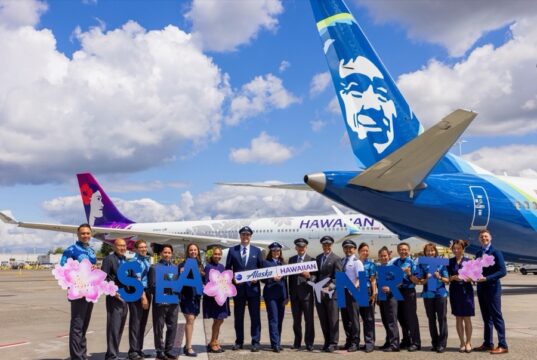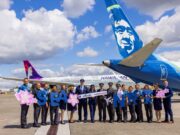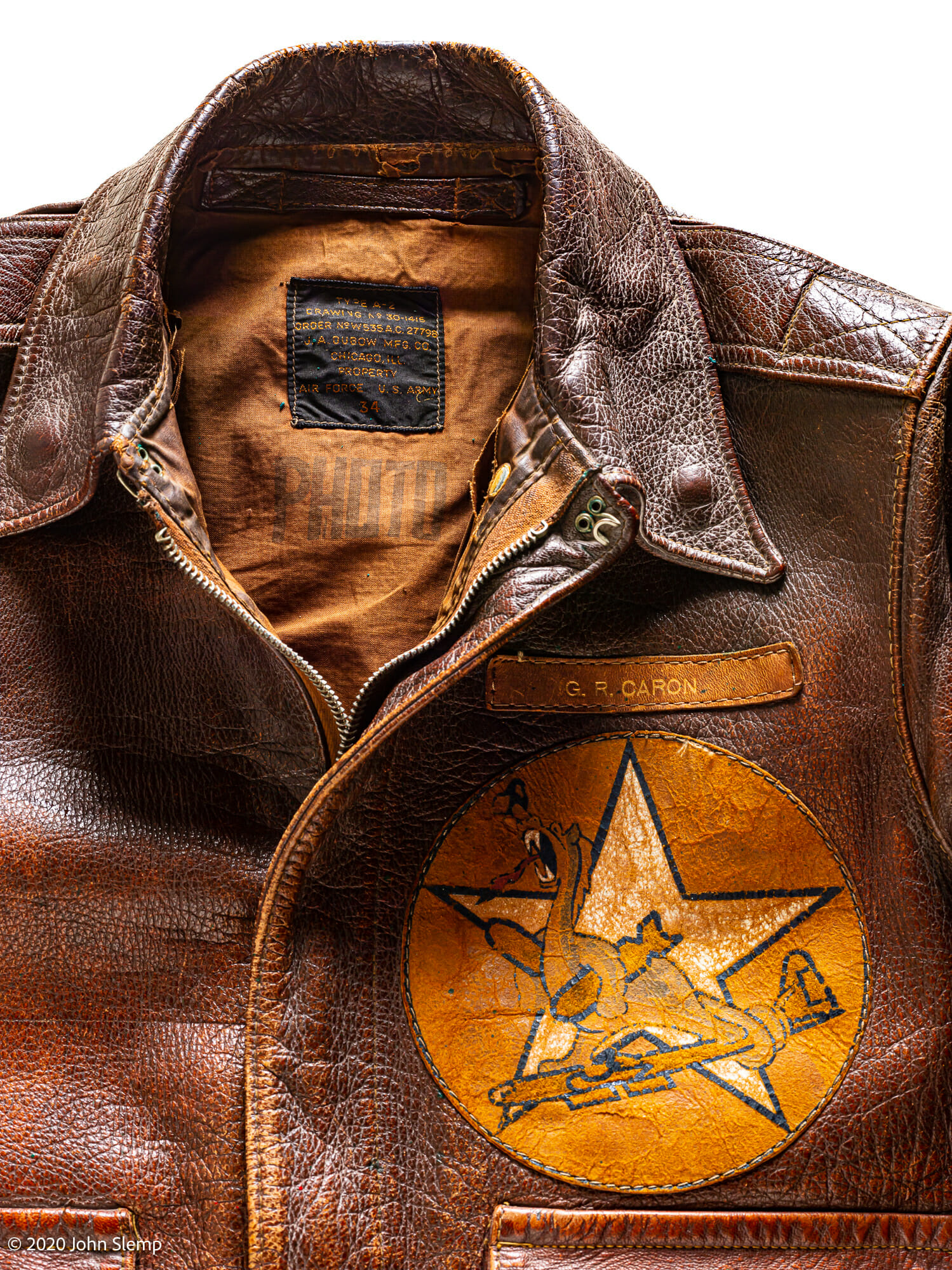
What started as a journey to photograph a small number of original World War II A-2 bomber jackets for 65-year-old John Slemp may well have turned into one of the most defining endeavors in his illustrious career as a professional photographer.
Over the past six years, Slemp has traversed the country on a quest to photograph and document the lightweight jackets worn by servicemen and women in World War II. He originally intended to photograph 50 jackets. However, as of April 2021, he has photographed more than 130 and interviewed multiple veterans.
Through that hard work—and a couple of fortuitous coincidences—Slemp has developed what will be a definitive collection of images and stories titled Bomber Boys. Bomber Boys will tell the stories of men and women who wore the jackets Slemp has photographed—the stories of people who fought, served, and faced death on an almost daily basis.
“We want to go beyond the military veneer using the jackets as an appropriate vehicle to share individual stories about their wartime experiences, and how this important period in their lives shaped their eventual destinies,” Slemp said.
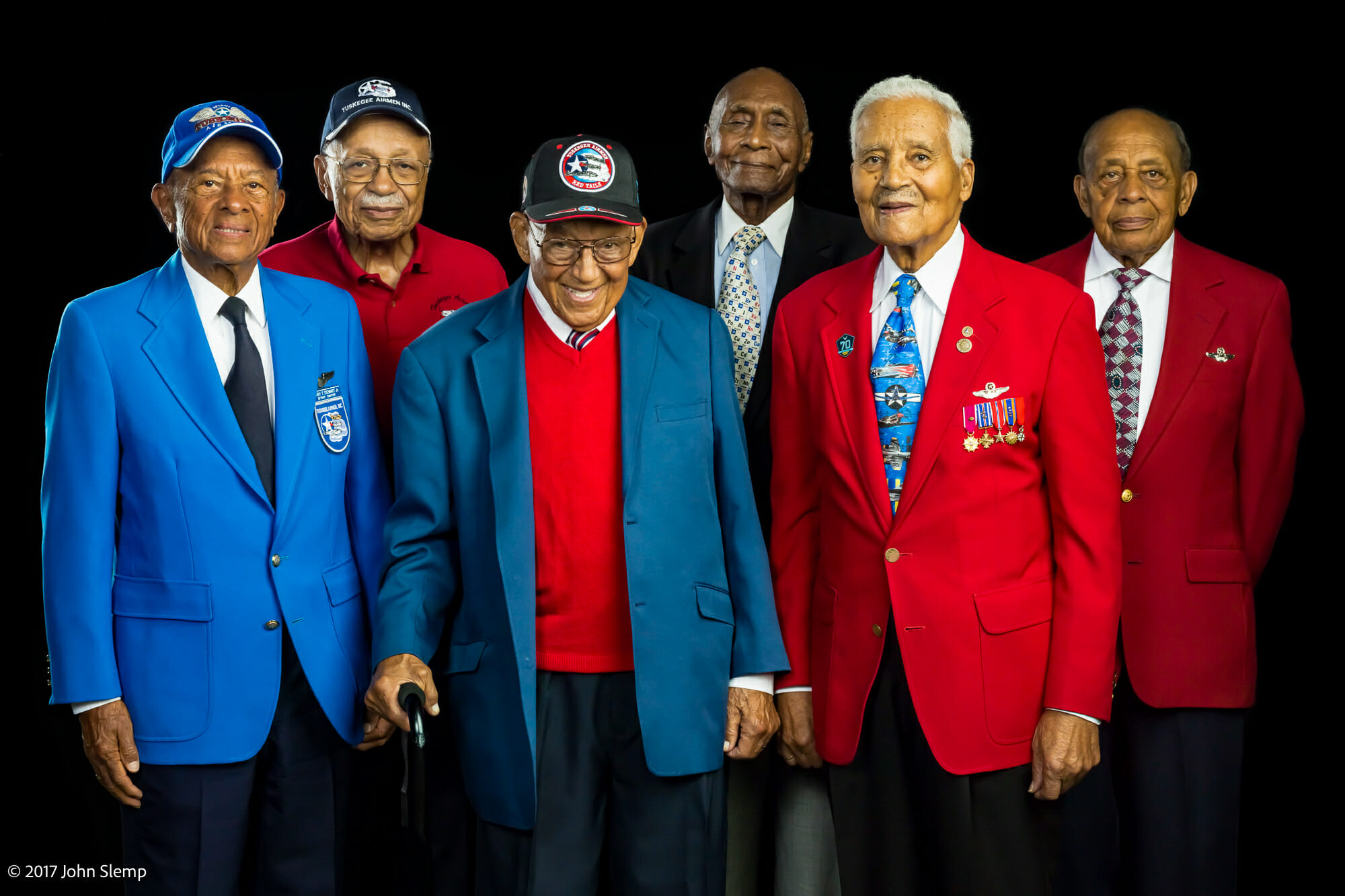
From Slemp’s initial conception of Bomber Boys, the book has developed into yet another highlight of Slemp’s award-winning and storied career in photography.
Over the past 20-plus years, Slemp has built a successful career as a commercial photographer. His clients include but are not limited to some of the following organizations and companies: Air & Space/Smithsonian Magazine; Home Depot, Aircraft Owners and Pilot Association; The Wall Street Journal; General Aviation News; Phillips 66; Goodyear; and Yale University.
His work can be seen on his two websites and in a variety of private and public collections which he actively exhibits. Aerographs <https://www.aerographs.com/index> targets specifically his love for aviation, while his primary website <https://johnslemp.com/> expands his offerings as a photographer to a broader audience.
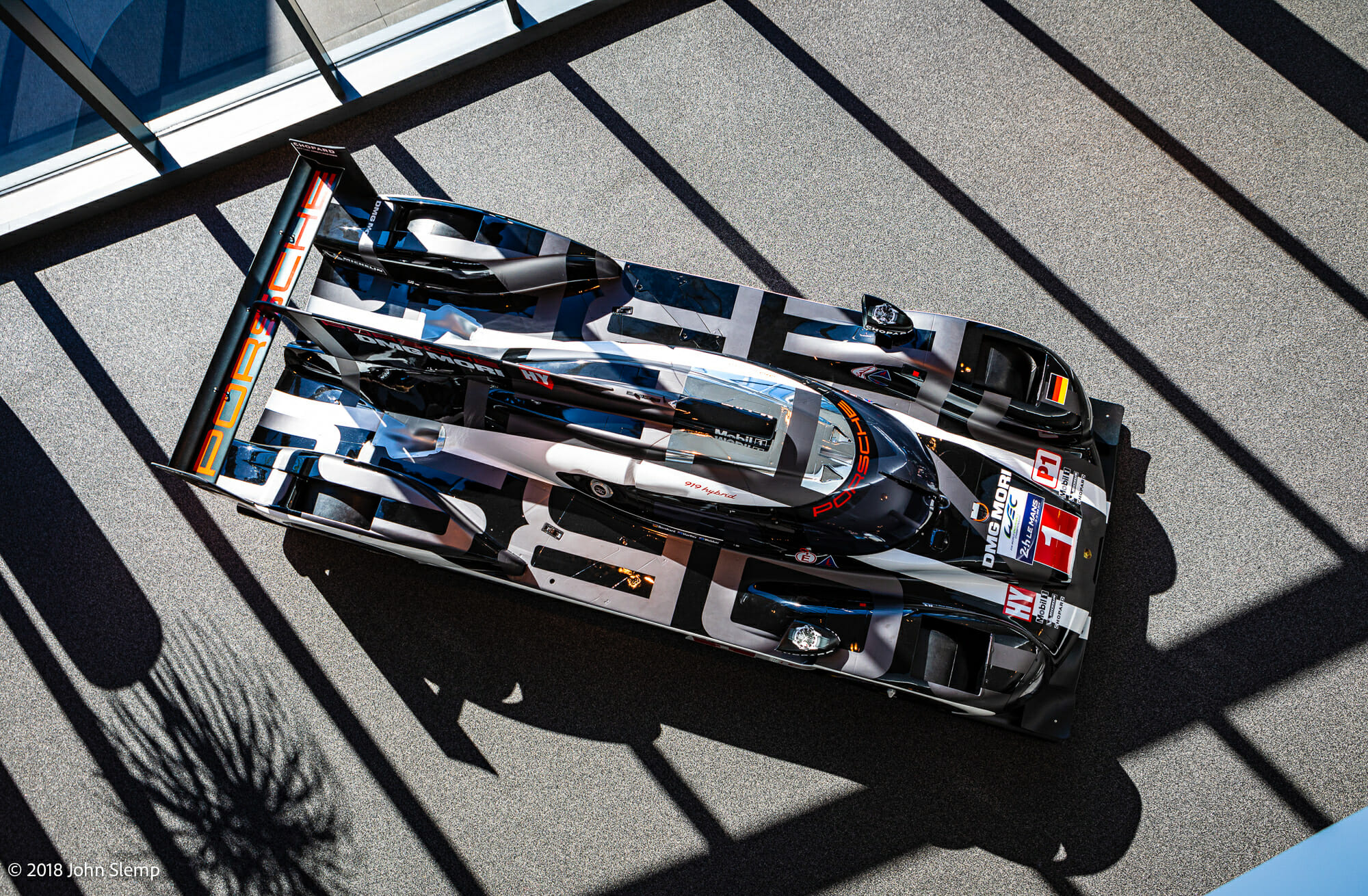
For approximately ten years, Slemp was a generalist photographer before he really became interested in shooting aviation photography. “I like jobs that are challenging in a visual sense,” said Slemp explaining that the challenge is “trying to make a visual sense out of something that's presented to you, so to speak… trying to make it something pleasing visually within the context of an overall scene.”
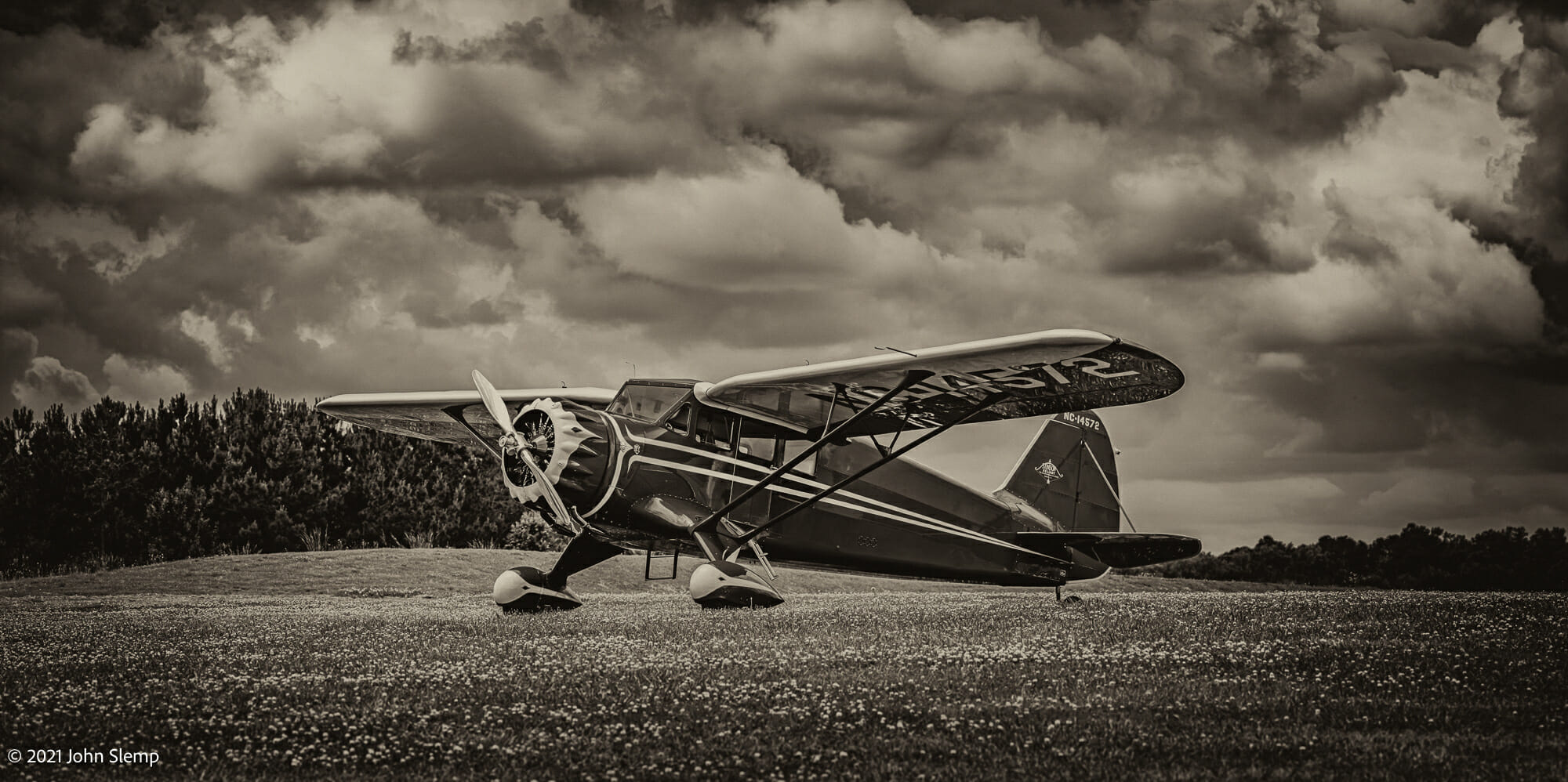
Slemp, an armor officer in the Army, first tried his hand at photography with a Canon camera while on a bus tour of Italy. After returning to his station in Germany, he was encouraged to enter his photos into the U.S. Army Europe photo contest.
Two months later, Slemp said he received a phone call saying that he had won first place in the people category. He did not know it at the time, but his next career had unofficially begun.
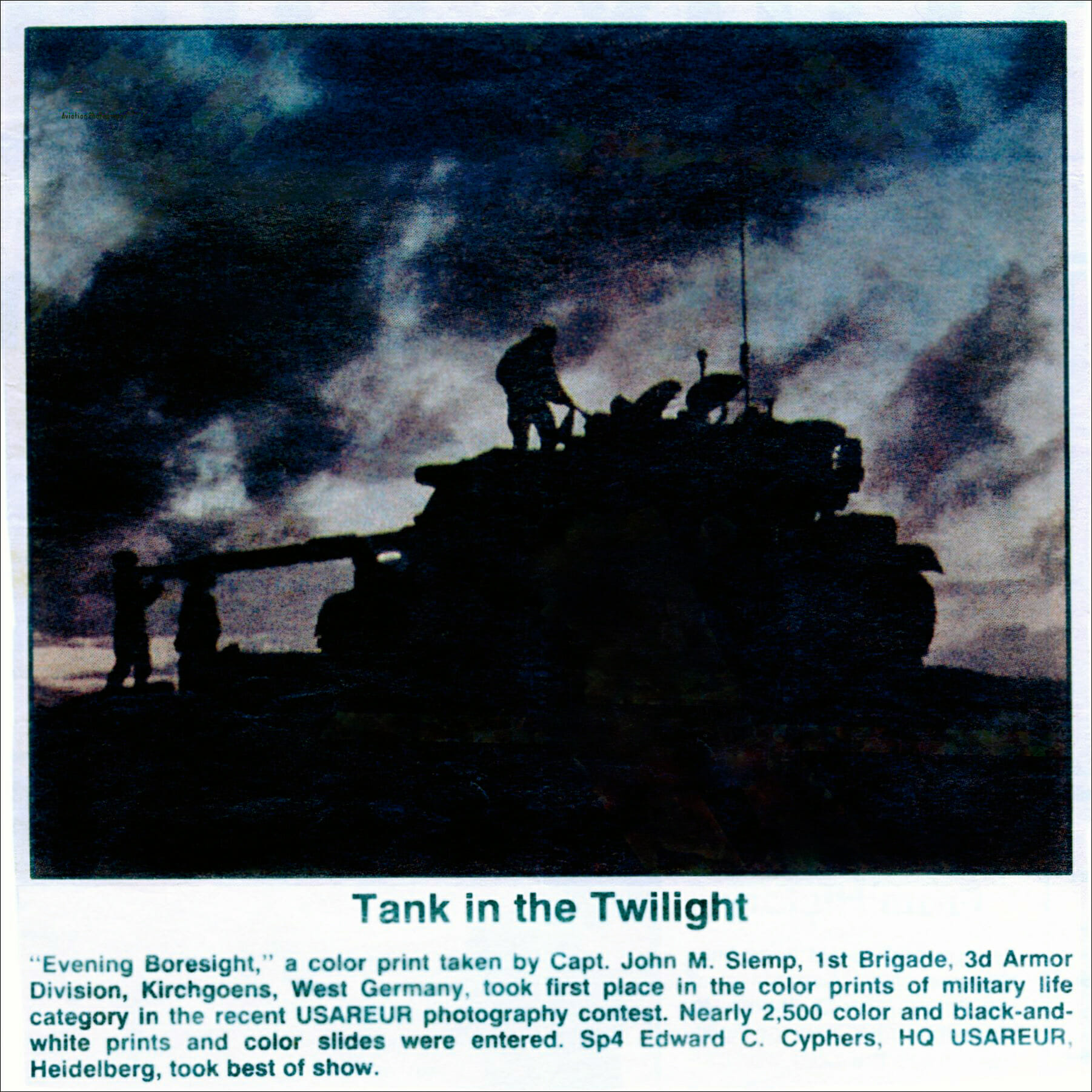
“I was hooked,” said Slemp, adding that the contests were professionally judged and typically had several thousand photos entered each year. “So, I entered again the next year, won a first and a third and a bunch of honorable mentions and then the following year, won another first.”
Because of his success, Slemp said he was thinking “Well, maybe there's something to this … I was starting to become a pretty serious hobbyist.”
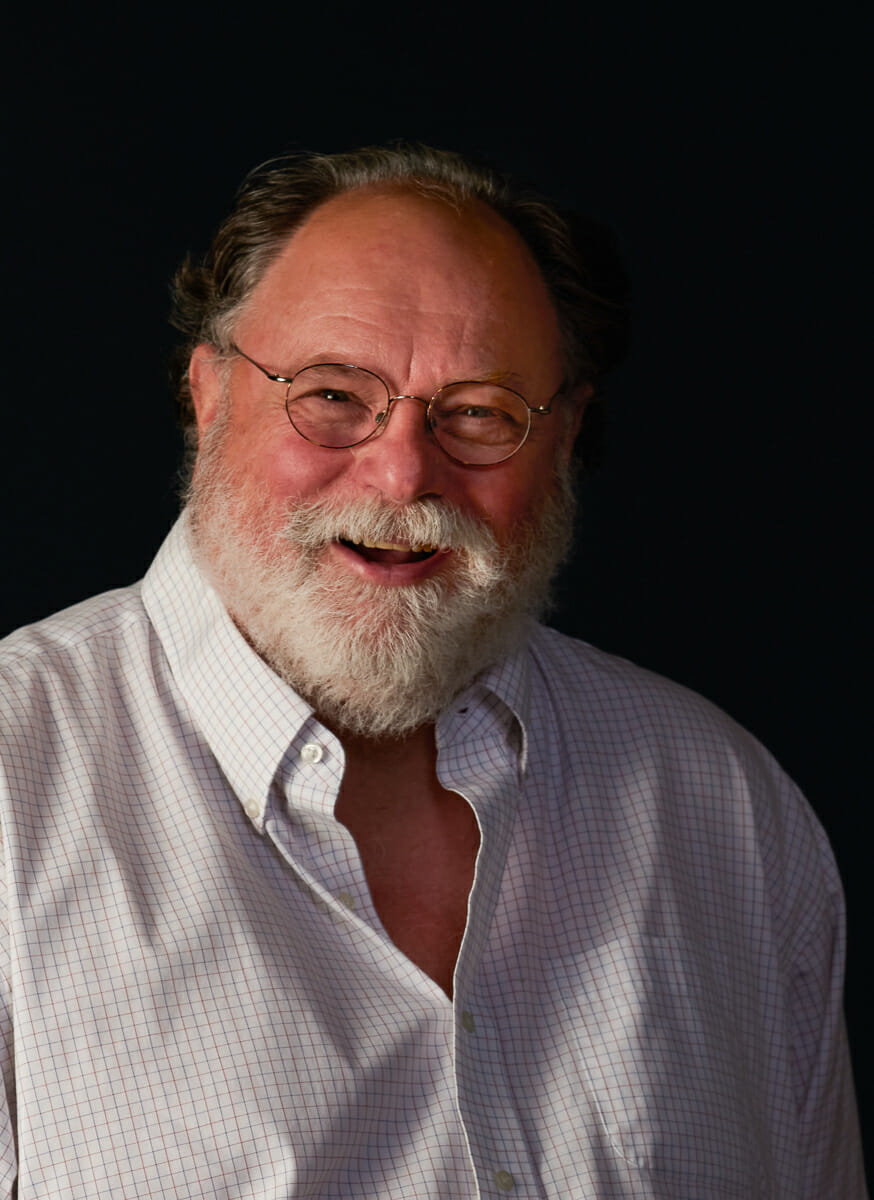
After serving 11 years in the Army, a friend encouraged Slemp to become a professional photographer.
Slemp’s education as a photographer was straightforward and required diligence. He briefly attended the Portfolio Center in Atlanta to learn the basics of advertising photography and then assisted other photographers for five years before branching out on his own in 1996.
“The secret to commercial photography is the mindset,” said Slemp, explaining what makes his work stand apart. “It's more of a deliberate approach than anything because when you're trained as an advertising photographer, you're responsible for every single thing inside that frame.”

He also explained, “The better photographers create a visual signature, if you will, of design and light and timing … There is a lot of guys who take pictures, but they don't make pictures. And there is a huge difference in my mind.”
Throughout his journey as a photographer, Slemp said that he has always enjoyed photographing people. An additional love of history made his book project, Bomber Boys, take off. People and a rich history intersect in the military which ultimately inspired the Bomber Boys project.
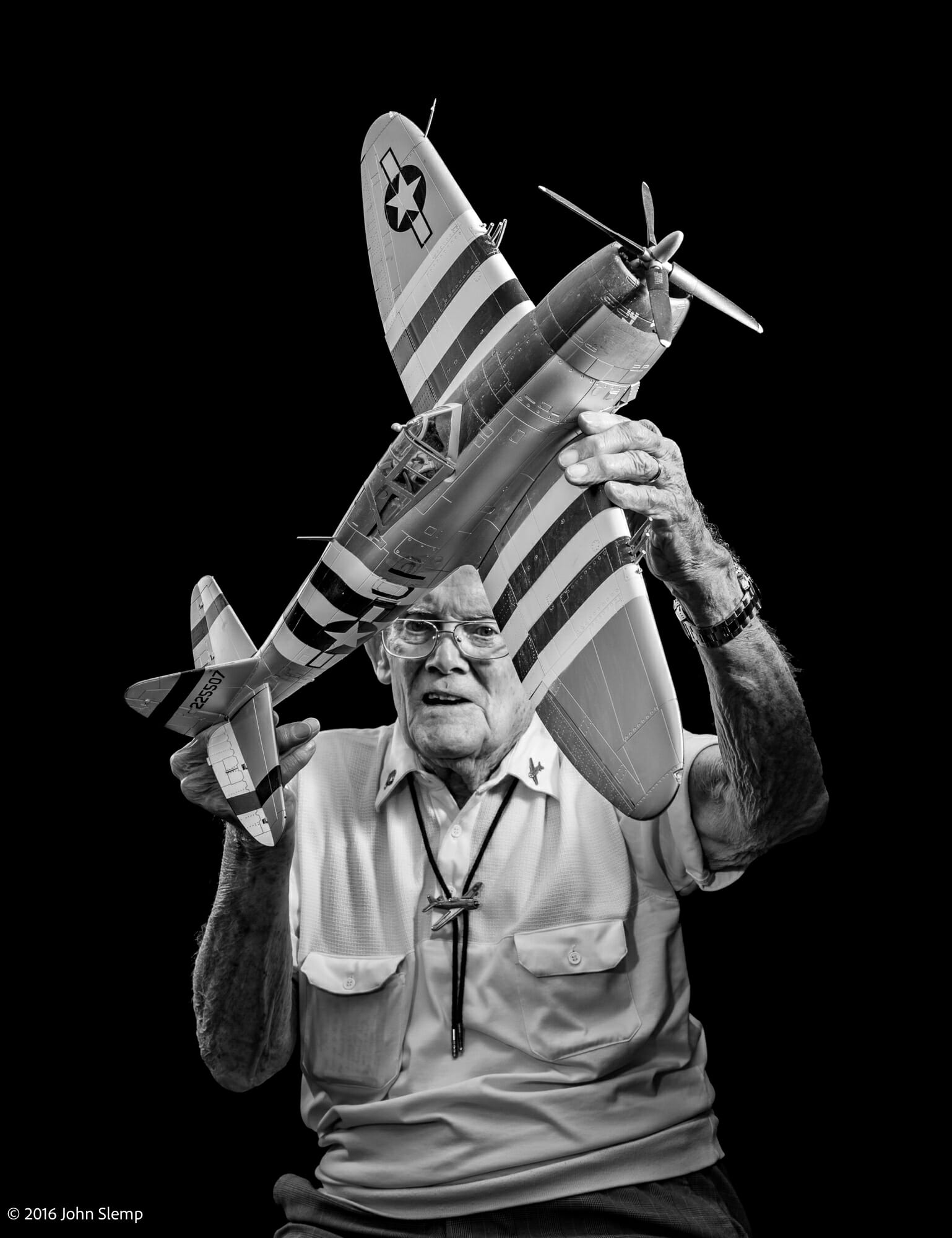
Slemp grew up in a military family traveling across East Asia and the Eastern United States. He said that his father’s service in the 82nd Airborne and then as a Green Beret inspired him to join the military.
One of Slemp’s favorite one-liners is that he “had 13 years of prior service as a kid.” He went on to say that joining the Army “seemed like a natural progression” as he had enjoyed being around the military growing up.
Fascinated by the artwork that service members in the European theater painted on their light-weight jackets, Slemp said, “My initial thought was to primarily capture the artwork on the jackets, but soon thereafter, it became evident that the project needed to be about the men themselves, with the jackets being an appropriate way to tell their stories. At that point, the thought of a book began to form in my mind.
“Once I started getting into it, I realized these jackets are really walking billboards of a guy’s combat history.”
This spurred Slemp to expand the scope of his project. Besides the photographs of the jackets, Slemp said that “interviews with the original owners, historical images, other artifacts, and background research have been done on a number of jackets that helps tell the story of the artwork… and helps to illustrate the hazardous nature of serving in the Army Air Corps.”
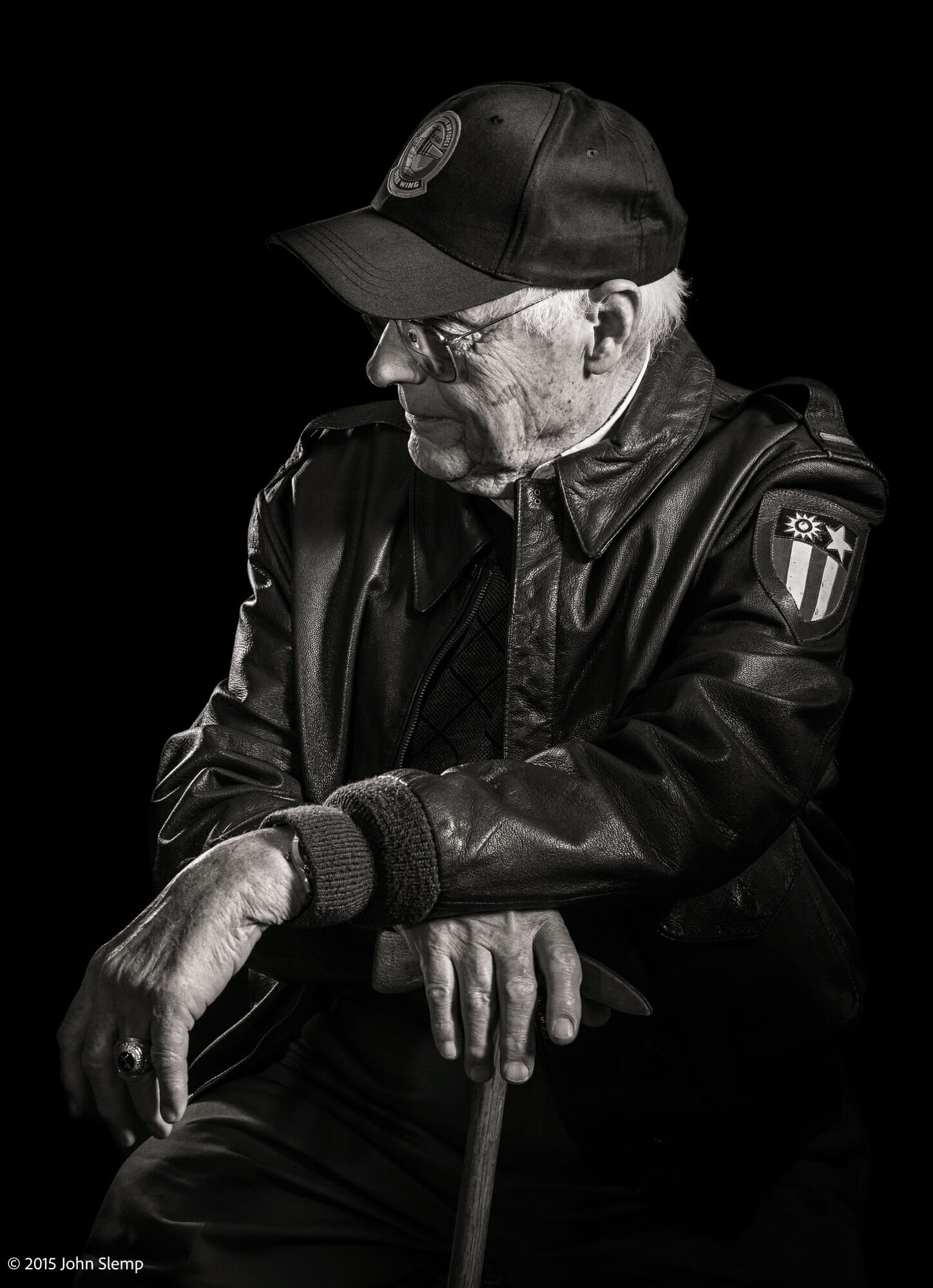
The first A-2 bomber jacket that Slemp shot was through the courtesy of a member of his local EAA chapter in Atlanta. Soon afterwards, he emailed a curator at the Smithsonian Air and Space Museum and within an hour he had an invitation to go photograph jackets there.
After being invited to the Smithsonian, Slemp said that other museums were very receptive of his requests to photograph jackets that were part of various World War II clothing collections. “Once I started telling people that the Smithsonian invited me in-house, a lot of other museums opened their doors. It was just amazing,” he said.
Some museums declined to accommodate Slemp’s request to photograph jackets. He said that he learned it was typically due to the museum curators being short staffed. He also discovered that most museums display only a small fraction of their total collections due to limitations of available space and staffing.
“It's been amazing; the ones who have opened their doors to me and I really appreciate it,” said Slemp. “I made an agreement that if access was granted, you’ll get high-resolution copies of the files… and when the book comes out, you can buy the book at cost, and keep whatever profits there are.”
The jackets did not magically show up at Slemp’s doorstep for him to photograph.
Instead, it has taken him six years for Bomber Boys to be close to being published. He said that he found several jackets through word of mouth in addition to a few cross-country road trips with visits at various museums along the way. Slemp also said that people have driven hundreds of miles to talk with him and let him photograph their relative’s jacket and some have even been mailed to him.
One veteran, Walter Thomason, collected a bomb tag from each mission that he flew. The bomb tags were the safeties that prevented the bombs from being armed. After removal, the ordinance would arm itself while free-falling to the target. Slemp said that there were 34 tags which recorded the details of each of Thomason’s missions.
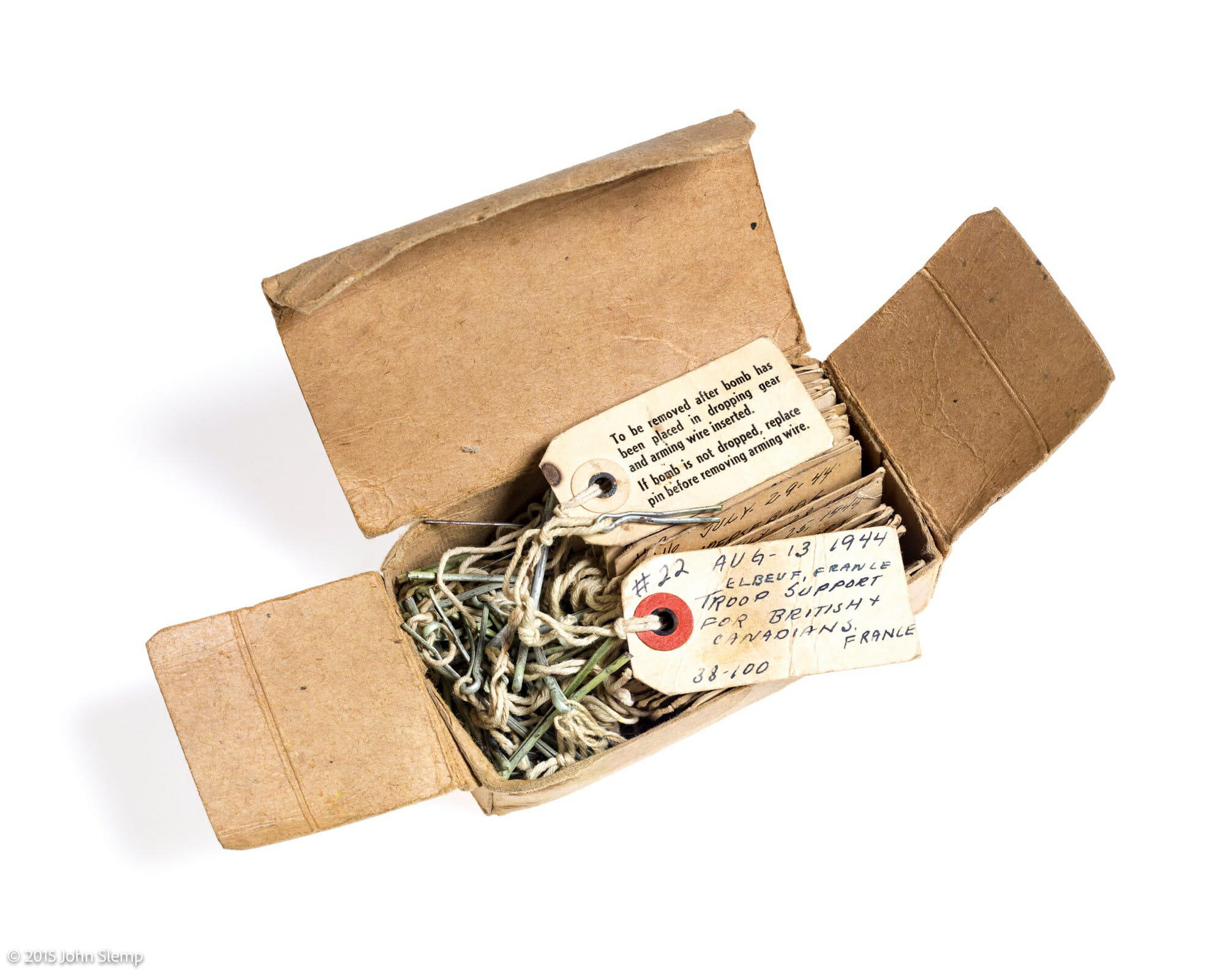
Slemp has visited museums all over the United States to photograph the jackets. He has been to the Smithsonian Air and Space Museum, the 390th Memorial Museum in Tucson, Ariz., in California, the March Field Museum, the Planes of Fame Museum, and the San Diego Air & Space Museum, and the Minnesota Historical Society.
Along the way, Slemp photographed a jacket owned by one of the original Flying Tigers; the jacket of Staff Sergeant George Caron, Enola Gay’s tail gunner when Little Boy was dropped on Hiroshima; and a portrait of Bob “Punchy” Powell, a P-51 pilot on D-Day whom Slemp interviewed—among others.

The journey of writing Bomber Boys has also been laden with interesting historical facts for Slemp. For instance, in his first published article as a writer, Slemp was told that a potential target for one of the nuclear bombs at the end of World War II was his birthplace, Fukuoka, Japan.
Additionally, Slemp found that the stories of the jackets worn by the service members did not end at the close of the war. Many service members returned and wore them while attending college classes.
Fathers passed the jackets on to their sons and families—and their family members often carried on their legacy of service and dedication.
In one instance, a jacket’s demise was averted by a school art project. Slemp said, “Nick Plackis was a B-17 waist and ball turret gunner in the 571st Squadron of the 390th BG. His son Tom rescued this jacket from the trash, after his brother threw it away. Tom restored the artwork as a high school art project and received an “A” for his efforts.” Tom Plackis, now retired, would go on to serve in the New York City Fire Department and was one of the responders to the 9/11 attacks.
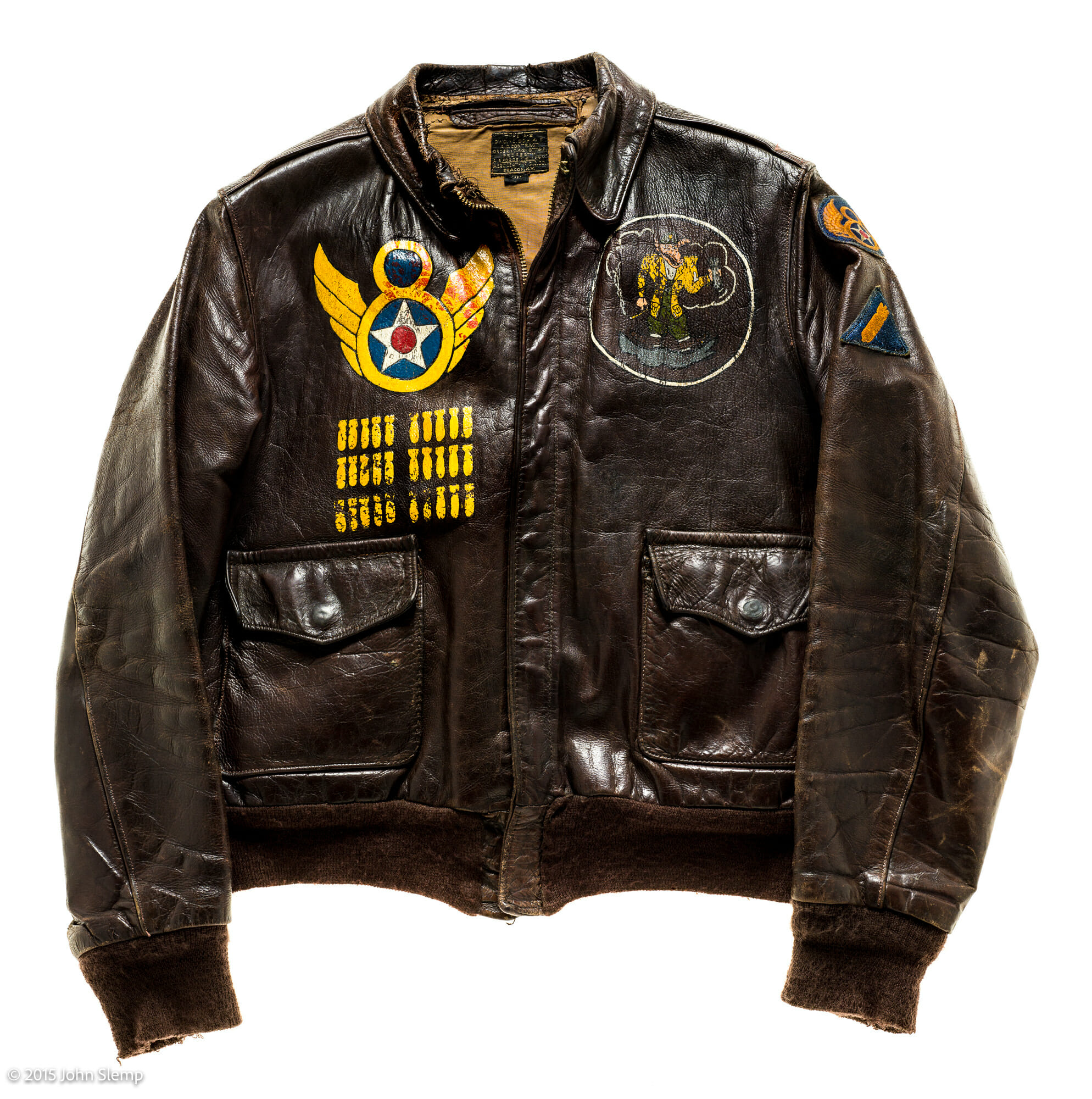
Other jackets caused controversy. Slemp wrote about a jacket in an article published for the Warbird Digest magazine that was emblazoned with the words “Murder Inc.” Kenneth D. Williams, a member of the 351st Bomber Group was captured by the Nazi’s. Slemp wrote that Adolph Hitler attempted to use a photograph of Williams’ jacket as propaganda that “the Americans were pulling hardened criminals from prison and were using them to kill innocent German women and children during bombing raids.”

In addition to photographing the jackets, Slemp has photographed a number of World War II veterans including members of the WASP and the Tuskegee Airmen. He also had the opportunity to speak with and photograph Col. Gail Halvorsen, one of the pilots who participated in the Berlin Airlift, becoming known as the “Candy Bomber.”
Looking forward, Slemp said that he hopes to have a website for his book and that he is in the process of starting a non-profit organization to fundraise for the book.
“I'm very excited about this project and working on it as much as I can. My team and I are talking about having it all done by the end of the year. I don't know if we will or not, but we're working on it. I can tell you that,” said Slemp.
Slemp’s attention to detail and love for history shines in how he has developed his project over the years, leaving no stone unturned. His hope is that people can find inspiration from his work, that they can share his passion, and that his work honors the men and women who served during the war.
“I just have tons of respect for these guys,” said Slemp. “A lot of these guys didn’t come back.”
<<>><<>><<>><<>><<>><<>><<>><<>><<>><<>><<>><<>><<>><<>><<>><<>><<>><<>><<>
Bomber Boys is currently being prepared for publication. Slemp said that his goal is to have the project complete by the end of 2021 or the beginning of 2022. Further details about his project can be viewed by reading his book proposal<https://issuu.com/johnslemp9/docs/book_proposal_-_final>. Additionally, many of the photos he has taken over the past six years for the book can be found on both of his websites or his social media profiles: LinkedIn<linkedin.com/in/johnslempphotography/>, Facebook <facebook.com/john.slemp.3>, and Instagram<instagram.com/johnslempphoto/>.












